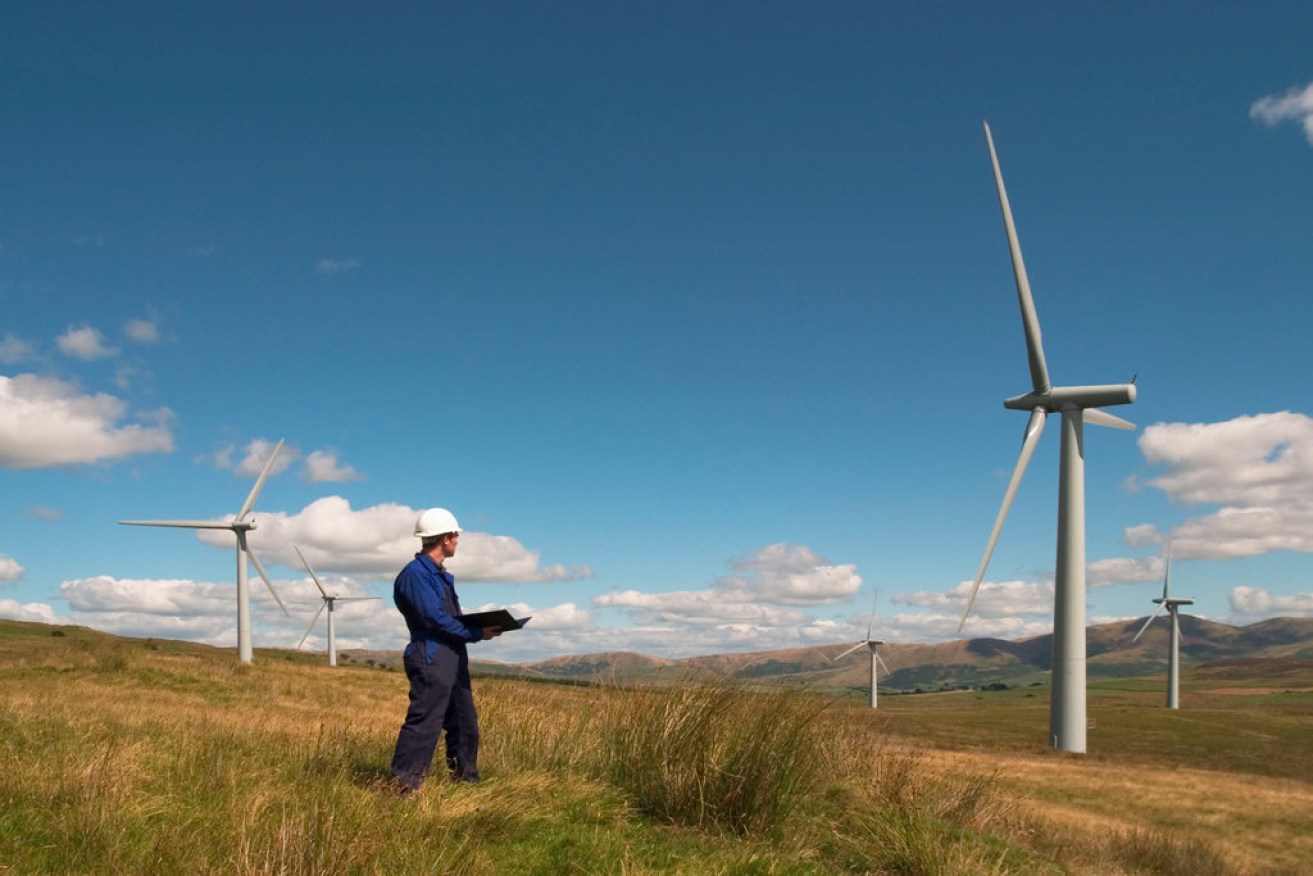Small businesses and the quest for net zero in SA
In the continuing Business SA InDaily Sustainable Business series, Business SA CEO Martin Haese looks at what ‘net zero’ means for the state’s small to medium-sized enterprises.

Image: Greenshoots Communications / Alamy
With world leaders gathering in Glasgow for the United Nations COP26 and considerable media attention as a result, it is timely to unpack what all this talk of ‘net zero by 2050’ actually means.
Let’s start with a practical definition.
With carbon being emitted into the atmosphere through energy, industry, buildings, transport, agriculture and other sources daily, net zero refers to the overall balance between greenhouse gas emissions produced and greenhouse gas emissions removed from the atmosphere.
Given that the earth reacts to even small changes in greenhouse gas levels, achieving net zero is the most effective means of placing the system back in balance. This way, global temperatures will stabilise, reducing the frequency of extreme weather events and their resulting impact on industry, infrastructure, communities and the natural environment.
In South Australia, successive state governments have understood and acted upon the threat of climate change by implementing policies that have incentivised the uptake of renewable energy and the resulting downward trajectory of carbon emissions.
Our state has already committed to net-zero by 2050, and the state government has recently announced that they will look to enshrine into law a halving of greenhouse gas emissions by 2030 based on 2005 levels with amendments to the Climate Change and Greenhouse Emissions Reduction Act (2007).
South Australians have understood the economic benefits of clean, green growth for a long time.
With the state’s emissions having already reduced by 33 per cent since 2005, our local economy has also grown and prospered. In just 15 years, South Australia has transformed its energy system from 1 per cent renewable energy generation to around 60 per cent. It is well on its way to achieving 100 per cent net renewable energy generation by the early 2030s.
Fortunately, we have moved past the contention of the climate debate in South Australia and embraced the idea that climate leadership is coupled with economic leadership.
Many examples demonstrate this leadership in existing and emerging industries, including hydrogen production, energy storage technologies, low emissions materials, carbon capture and low emissions agricultural practices.
What business needs now is information and options to reduce their carbon footprints without impacting their profitability.
From the Chamber of Commerce and Industry’s perspective, the vast majority of enterprises want to get on with their business in an era where government, banks, investors and customers are increasingly looking at what they are, or are not, doing to reduce their carbon footprint.
But what does ‘net zero’ really mean for a small to medium-sized enterprise here in South Australia?
While it does not mean zero emissions, net zero involves reducing emissions as much as possible through energy demand management, improved production processes, supply chains and waste cycles and then offsetting those remaining emissions. It also means moving from fossil fuel energy sources to renewable energy sources, favouring vehicles powered by clean energy and much more.
From a business owners’ perspective, it can be challenging even to know where to start.
The first step for any business taking this journey toward net zero is to understand its current carbon footprint. The adage that ‘you can’t fix what you don’t know’ has never been more accurate.
Fortunately, local businesses in South Australia can help, and Business SA member EfficientSee is one of them. Managing Director Quentin Roberts says that one aspect that SMEs can focus on today is their energy use.
“Australia is in the middle of an energy transition, and organisations that face the challenge of navigating the shifting energy landscape are often better off for it,” Roberts says.
“Businesses are facing evolving customer expectations around environmental responsibility, cost volatility, reliability of sustainable energy sources, staying abreast of policy and standards, and the puzzle of selecting the best energy options.
“Here at EfficientSee, we help businesses to navigate the shifting landscape of renewables and new technologies such as hydrogen and support them to use energy more efficiently.”
Another South Australian business called 2XE assists businesses to adapt to the changing environment through strategic transformation, adoption of engineering technologies and best practices to increase business efficiency.
Chief Executive Officer of 2XE, Nick Palousis, says that his company creates and delivers net zero emissions investment strategies for businesses in South Australia and nationally.
“We combine strategic thinking with engineering expertise across energy and other key business inputs to deliver a profitable transition to net zero emissions for our clients,” Palousis says.
Here at Business SA, we encourage all SMEs to consider what net zero means for their business and take action. We also practice what we preach, including developing our own environment, social and governance strategy in 2022.





